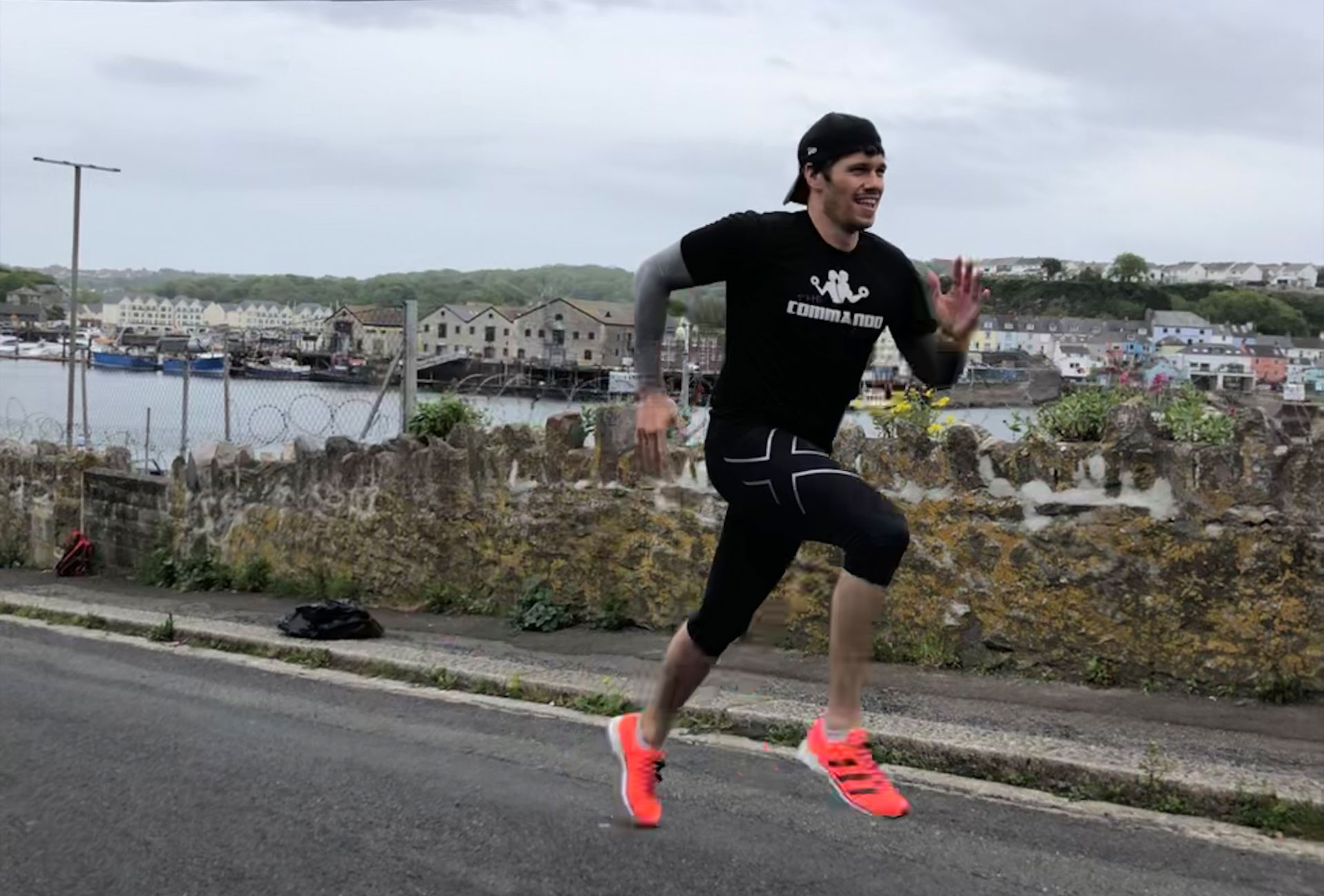What is your focus this winter with your running, do you have a focus at all, or is it just to get through your winter programme and into the temperate bliss of spring running?! For some, if not most runners the winter blues are challenging and they can really effect the quality of your training. Trying to stay motivated and focused for the spring marathons ahead can be humbling during the dark, dank and sometimes desolate winter months.
We all know about looking at our strength over the winter season, both in the gym and by getting out on the hills and trails, but have you thought about looking at your form? Nobody likes to watch themselves on camera and even less so when watching yourself run, it can be very entertaining as we all do some absolutely bonkers things! I hold my shoulders like I am about to enter the boxing ring (I am working on it though!) the GOAT Eliud Kipchoge…well he doesn’t do much wrong does he, but he does slightl…no I am not going there, the guy is awesome; but you know what I mean, we all have our small quirks, some more damaging that others.
This article is especially pertinent if you are getting some of your winter work in on the dreadmill (more about that device in the future), like I do and don’t let purists mock you for it. The treadmill allows for measurable and repeatable analysis for both the runner and assessor to implement their changes in a safe and dry environment! Running “cues” are a fantastic tool, which I use in my RunSmart clinics to provide simple and effective instructions to correct and streamline runners form as well as when functionally diagnosing a runners injury. Running cues are simple words and sentences that can massively change your running biomechanics in just a few steps.
For example, a common issue with runners is slouching forwards or bending at the hips, especially when running uphill or generally in the latter stages of a run as fatigue settles in. To combat this I tell runners to “imagine you have a rope attached to the top of your head which is pulling you up tall” or simply “run tall” everyone reacts and processes information differently, especially when it comes to turning instruction into a movement, so some cues are short and some more descriptive. With this cue in particular it works fantastically as we (the runner) never do exactly what we think, so people aren’t bolt upright, they normally end up running tall, but slightly pitching the entire body forwards which is exactly what I am looking for. This is so vital as it opens up the hip angle and encourages hamstring and gluteal engagement, the two big sets of “pusher” muscle groups. This in turn will often reduce overstriding and therefore increase cadence, not to mention encourage better run posture and reduce neck and shoulder tension. All that from a simple cue that you can implement at nay time when you’re out running.
Running cue’s are awesome when on a treadmill, as often there are mirrors (normally not a fan of these!), the ability to film yourself and even get feedback from friendly gym members…unless you’re like me and you adopt moody myrtle mode, lurking in the gym shadows, in the silent hunt for a peaceful workout. But anyway, most people aren’t like me, which is a good thing and these sort of external methods of feedback are fantastic for correcting form and therefore making you an even better runner. So I challenge you all to get out there, get a camera, a friend or even a professional gait assessment expert and look at the way you run, you’ll be amazed at what you can pick up on, even with the untrained eye. If you really want to delve deeper into it, get in touch and ask about my RunSmart clinics and what they can offer you or speak to someone local to you about getting an assessment.
Run Happy, Run Smart

